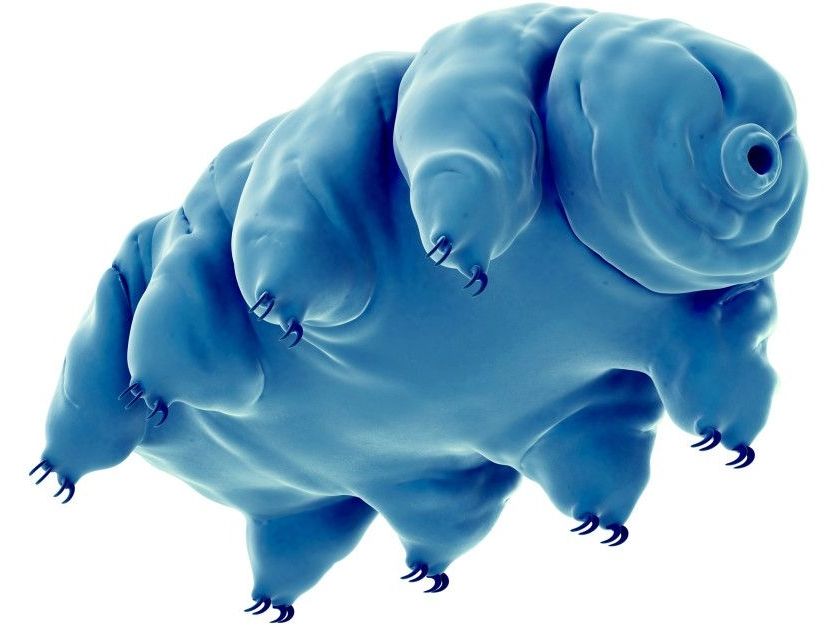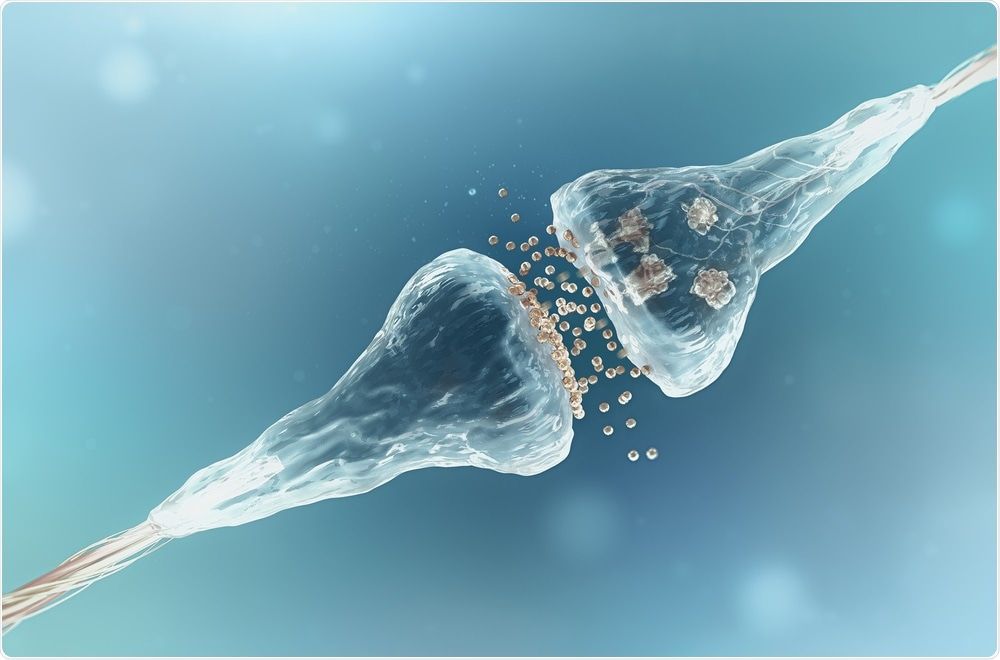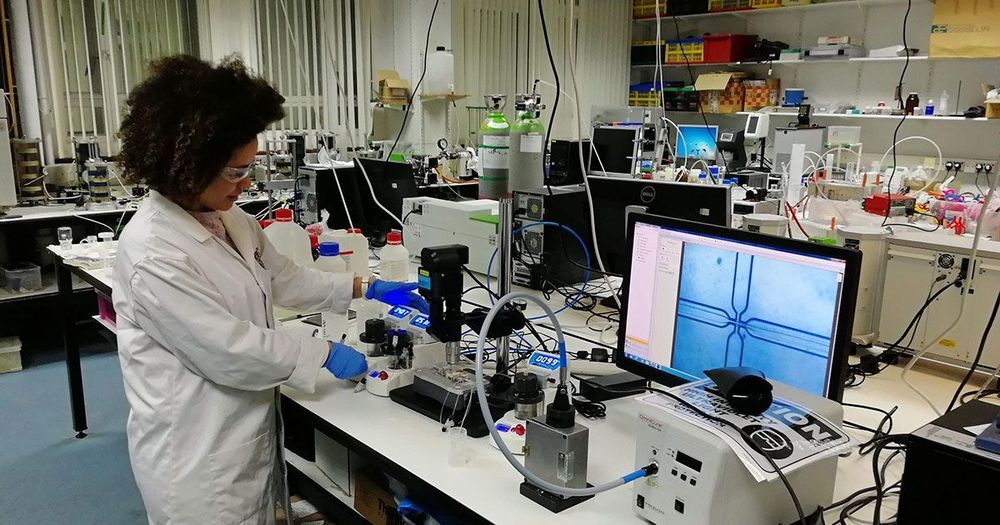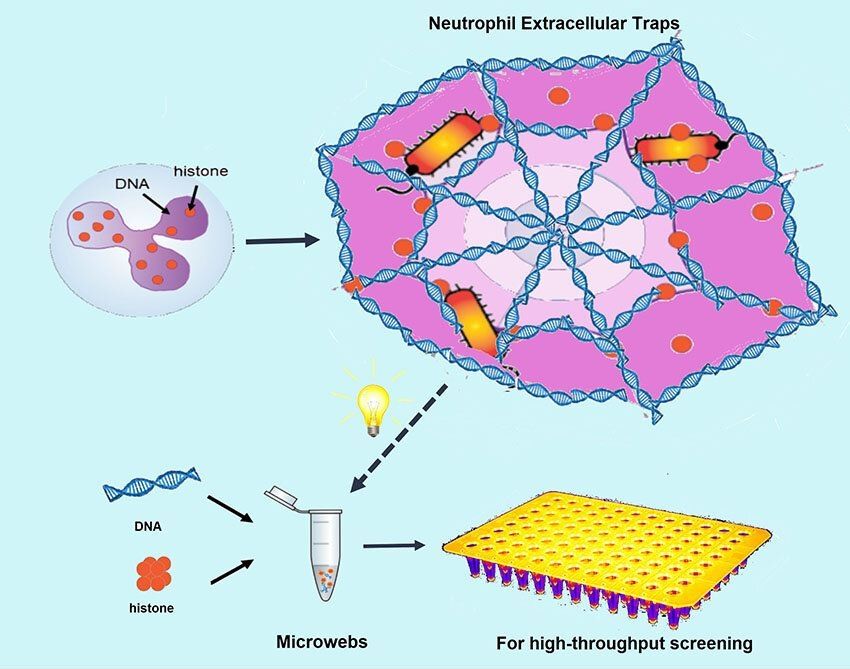Water bear. Moss piglet. Tardigrade.
The gentle teddy-bear features of this polyonymic animal belie its hardy nature.
Capable of withstanding dehydration and cosmic radiation and surviving temperatures as low as −450 F and as high as 300 F, this eight-limbed microscopic creature holds the key to one of biology’s greatest secrets — extreme survival.









